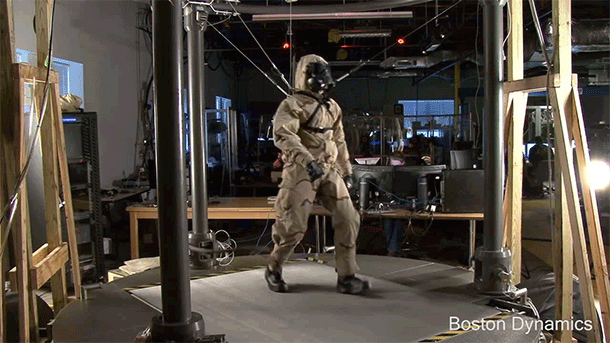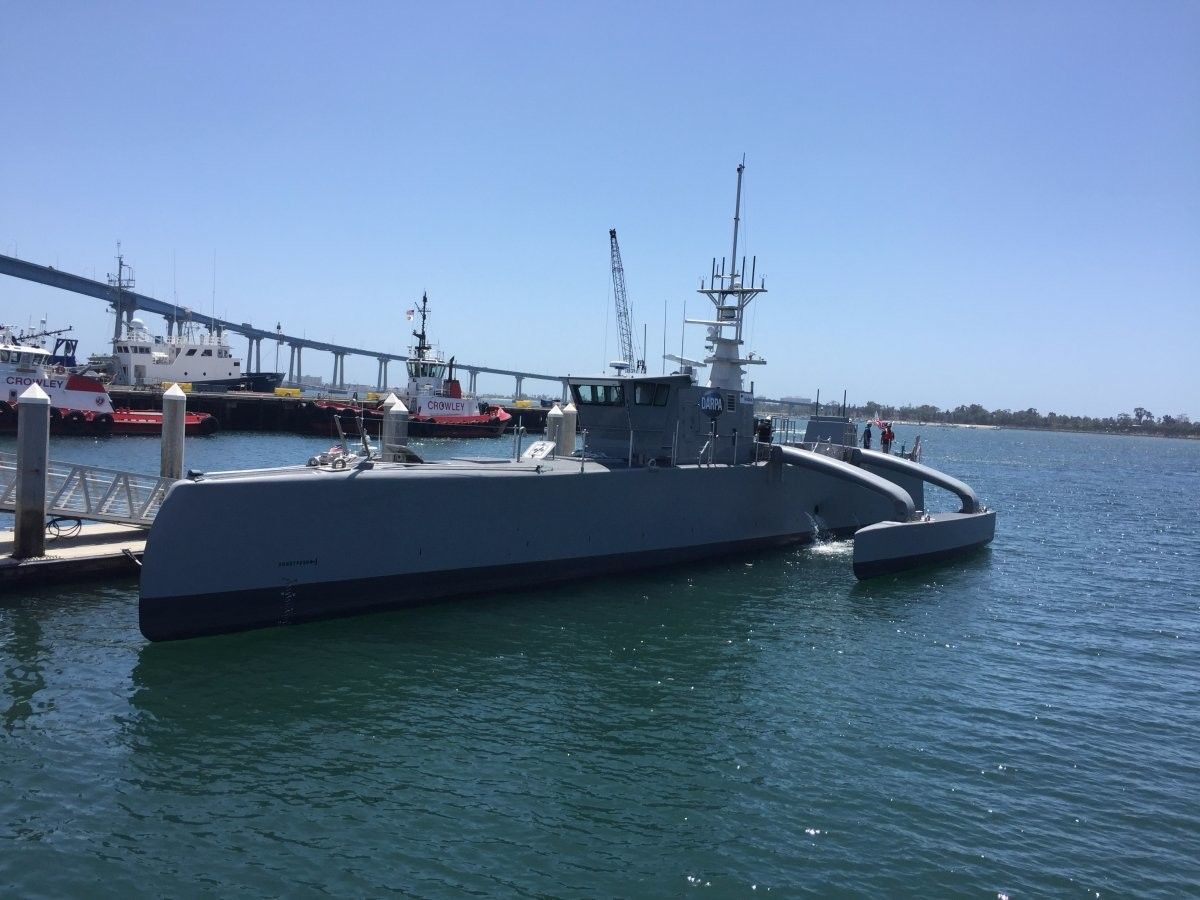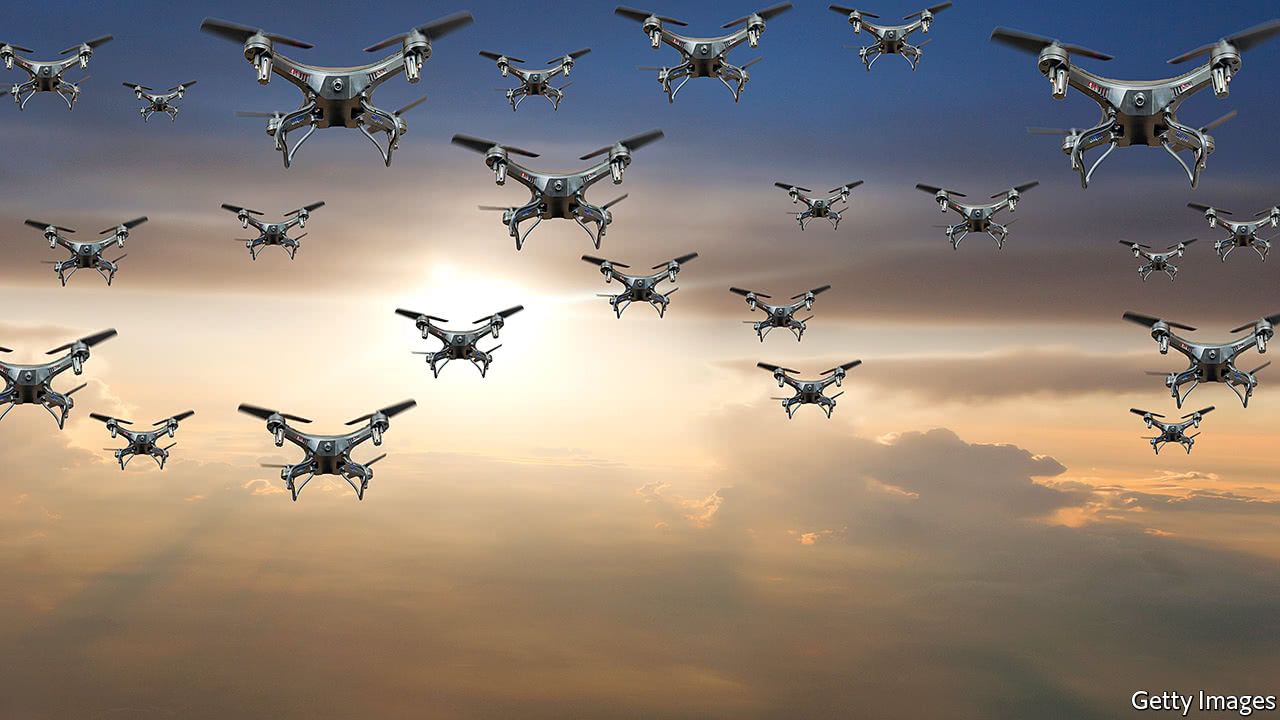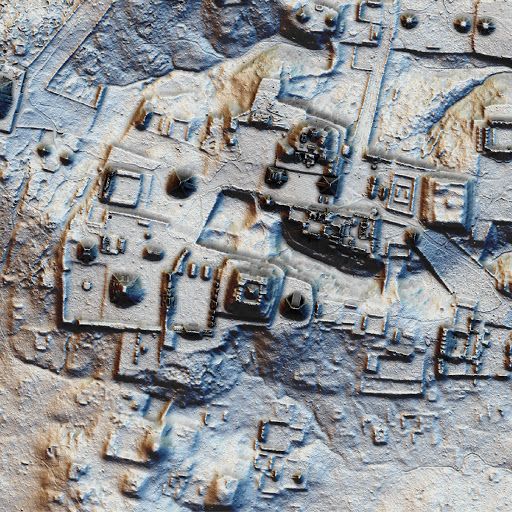Critics of the militarization of marine life say the problem with a new DARPA program is moral, not practical.



WASHINGTON ― Rapid advances in artificial intelligence and military robotics have some concerned that the development of Terminator-like killer robots will be humankind’s downfall. But that doesn’t seem to worry Eric Schmidt, the former executive chairman of Google parent company Alphabet, who addressed the impact of technology on democracy at the Feb. 16–18 Munich Security Conference.

From healthcare to warfare, machine-based thinking is revolutionising the way we live, exposing us to the benefits and the risks. Twenty-six world experts in emerging technologies say cybercrime will grow and drones will be misused in the next decade.


When the Chinese government released its Next Generation Artificial Intelligence Plan in July 2017, it crisply articulated the country’s ambition: to become the “world’s primary AI innovation center” by 2030. That headline goal turned heads within the global tech elite. Longtime Google CEO Eric Schmidt cited the plan as proof that China threatened to overtake the United States in AI. High-ranking American military leaders and AI entrepreneurs held it up as evidence that the United States was falling behind in the “space race” of this century. In December 2017, China’s Ministry of Industry and Information Technology followed up with a “three-year action plan,” a translation of which was recently released by New America’s DigiChina initiative.
But how do these plans actually work? There’s a tendency to place this AI mobilization within China’s longstanding tradition of centrally planned engineering achievements that have wowed the world. The rapid build-out of the country’s bullet train network stands as a monument to the power of combining central planning and deep pockets: in the span of a decade, the Chinese central government spent around $360 billion building 13,670 miles of high-speed rail (HSR) track, more mileage than the rest of the world combined.
But putting the AI plan in this tradition can be misleading. While it follows this model in form (ambitious goal set by the central government), it differs in function (what will actually drive the transformation). The HSR network was dreamed up and drawn up by central government officials, and largely executed by state-owned enterprises. In AI, the real energy is and will be with private technology companies, and to a lesser extent academia.


PETER SINGER, AN expert on future warfare at the New America think-tank, is in no doubt. “What we have is a series of technologies that change the game. They’re not science fiction. They raise new questions. What’s possible? What’s proper?” Mr Singer is talking about artificial intelligence, machine learning, robotics and big-data analytics. Together they will produce systems and weapons with varying degrees of autonomy, from being able to work under human supervision to “thinking” for themselves. The most decisive factor on the battlefield of the future may be the quality of each side’s algorithms. Combat may speed up so much that humans can no longer keep up.
Frank Hoffman, a fellow of the National Defence University who coined the term “hybrid warfare”, believes that these new technologies have the potential not just to change the character of war but even possibly its supposedly immutable nature as a contest of wills. For the first time, the human factors that have defined success in war, “will, fear, decision-making and even the human spark of genius, may be less evident,” he says.
Weapons with a limited degree of autonomy are not new. In 1943 Germany produced a torpedo with an acoustic homing device that helped it find its way to its target. Tomahawk cruise missiles, once fired, can adjust their course using a digital map of Earth’s contours. Anti-missile systems are pre-programmed to decide when to fire and engage an incoming target because the human brain cannot react fast enough.

